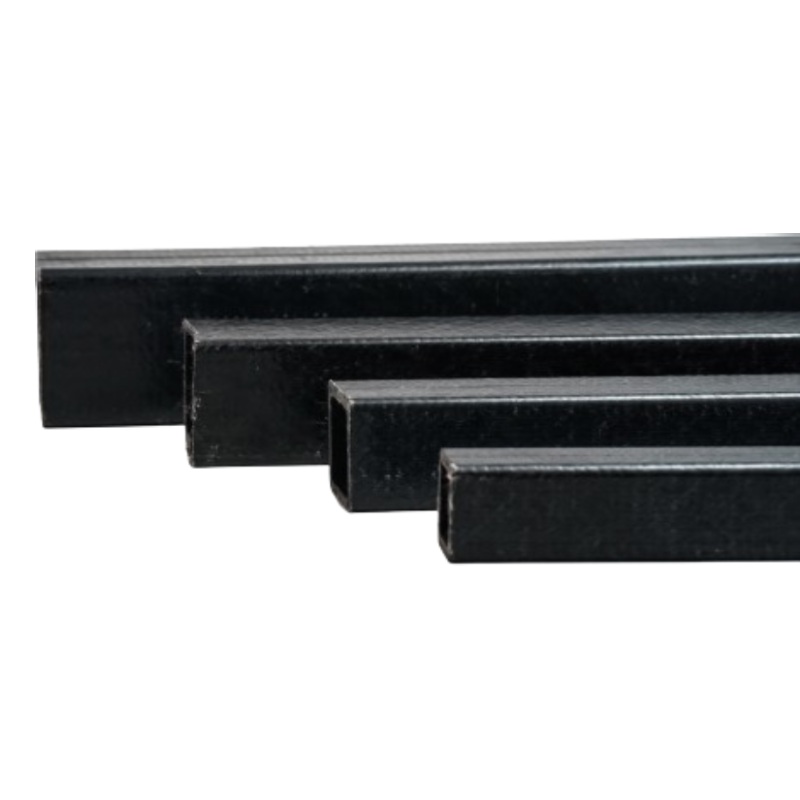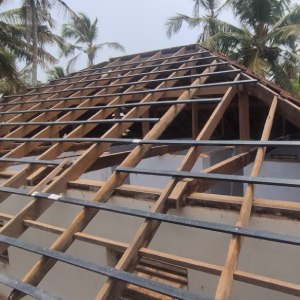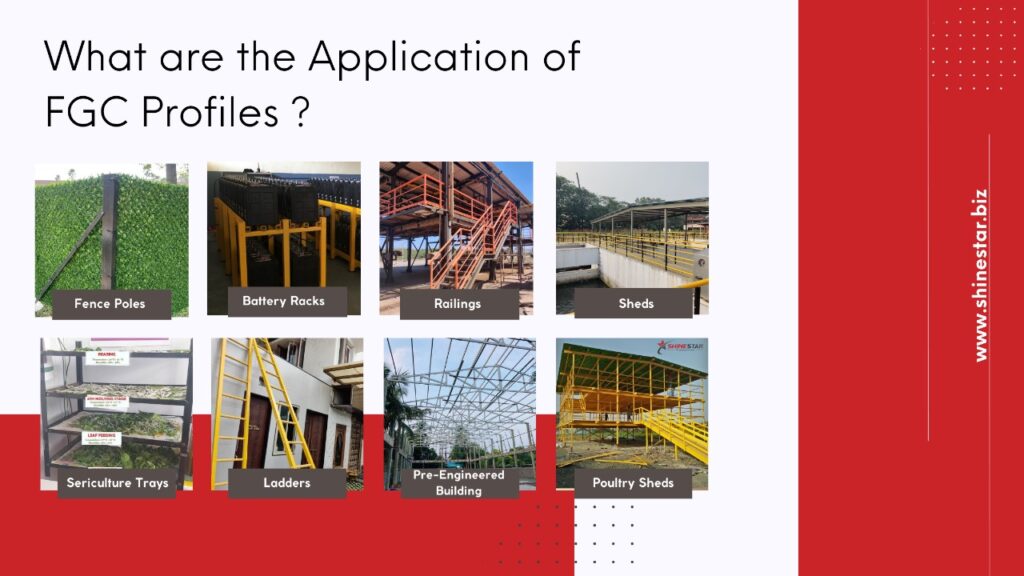In the evolving landscape of construction and architectural innovation, materials that offer durability, flexibility, and ease of installation are highly sought after. One such material that has been gaining significant traction in recent years is FGC profiles. These profiles are proving to be an excellent choice for support structures in roofing applications, particularly for roofing tiles. This blog delves into the benefits, applications, and reasons why FGC profiles are becoming a preferred choice in the construction industry.
What Are FGC Profile?

FGC Profile are composite materials made by reinforcing a polymer matrix with glass fibers. The pultrusion process involves pulling these fibers through a resin bath and then through a heated die, which shapes and cures the material into a rigid, structural profile. The result is a high-strength, lightweight material that offers numerous advantages over traditional building materials like wood, steel, and aluminum.
Key Benefits of FGC Profile for Roofing
- High Strength-to-Weight Ratio: FRP profiles are incredibly strong yet lightweight. This makes them easier to handle and install compared to heavier traditional materials. The high strength-to-weight ratio also means that the overall load on the building structure is reduced, enhancing safety and longevity.
- Corrosion Resistance: One of the standout features of FRP is its corrosion resistance. Unlike steel, which can rust, or wood, which can rot, FGC Profile are impervious to moisture and chemical exposure. This makes it ideal for roofing applications where the material is constantly exposed to the elements.
- Durability: FGC Profile are known for their durability and long service life. They are resistant to UV radiation, extreme temperatures, and mechanical wear, ensuring that roofing structures remain robust and functional for many years without significant maintenance.
- Design Flexibility: The pultrusion process allows for the production of profiles in a variety of shapes and sizes, providing architects and engineers with the flexibility to design complex roofing structures. Custom profiles can be created to meet specific architectural requirements, enhancing both functionality and aesthetic appeal.
- Thermal and Electrical Insulation: FGC Profiles are poor conductors of heat and electricity, offering excellent insulation properties. This can help maintain the thermal efficiency of buildings and provide an added layer of safety against electrical hazards.
Applications in Roofing Structures
FGC Profiles are used in a variety of ways in roofing structures:
- Support Beams: Due to their high strength, FRP profiles are ideal for use as support beams in roofing systems. They can bear heavy loads while being lighter than steel or wood beams.
- Trusses and Frames: FRP profiles can be used to construct trusses and frames that support the entire roofing structure. Their resistance to environmental factors ensures that these critical components do not deteriorate over time.
- Roofing Panels: In addition to supporting structures, FRP profiles can also be used to manufacture roofing panels themselves. These panels are lightweight, durable, and easy to install.
Case Studies and Real-world Applications
Many construction projects worldwide have successfully implemented FGC Profile in their roofing structures. For instance, industrial buildings, coastal structures, and agricultural facilities have benefited from the corrosion resistance and low maintenance requirements of FRP. Additionally, in regions prone to severe weather, FRP roofing supports have demonstrated exceptional resilience, contributing to the safety and stability of buildings.
Conclusion
The use of FGC Profile in roofing applications represents a significant advancement in construction materials. Their unique properties—strength, lightweight, corrosion resistance, and durability—make them ideal for modern roofing structures. As the construction industry continues to evolve, FGC profiles are set to play an increasingly important role in building the resilient and sustainable structures of the future.
By embracing these innovative materials, architects, and builders can ensure that their projects not only stand the test of time but also contribute to the advancement of construction technology. Whether you’re considering a new construction project or looking to upgrade existing structures, FGC Profile offers a compelling solution for your roofig support needs.







